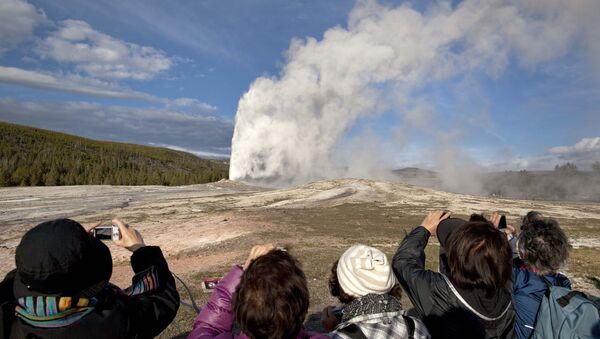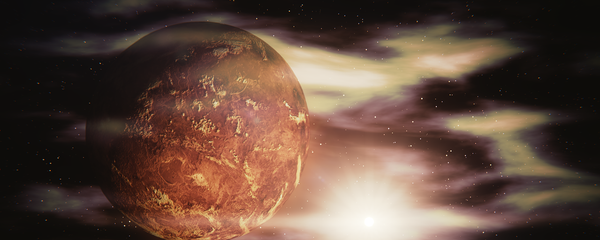A famous supervolcano at Yellowstone National Park that has massively erupted at least three times could easily shake the world again in the near future but there is a much larger volcano in Utah, astronomer and former professor in the Community College system Ron Smith said during a lecture Dixie State University last week, USA Today reported.
“Yellowstone has gotten a lot of publicity because of the severity of a supervolcano and the effect it would have on the earth”, the scientist said during the event. “We cannot say that Yellowstone is overdue ... it is probably going to blow again but it could well be 500,000 years from now or a week from Tuesday”.
However, the former professor also asserted during the lecture that another, much larger volcano called Wah Wah Springs that was detected in 2013, has produced thirty times more ash and debris than the Yellowstone volcano’s most recent explosion that took place more than 640,000 years ago.
Mother of all caldera-forming events identified at Wah Wah Springs, Utah. http://t.co/gq5tNhZNx5 #Volcanism pic.twitter.com/nOAJYwG6RU
— AZ Geological Survey (@AZGeology) December 12, 2013
Wah Wah Springs is located on the border of Utah and Nevada in the US, but is difficult to detect due to erosion, researchers say. Upon its detection in 2013, scientists claimed that its last eruption was so devastating that it would have been “catastrophic” to all living things within hundreds of kilometres. That part of the United States is considered to be relatively peaceful now, but a new and deadly eruption is not out of the question.
“This area is considered to be dormant, but not extinct at this time”, Smith said. “The more severe a volcanic eruption, the more rare it turns out to be. And the less severe, the more common it turns out to be, which is very fortunate for us”.

Dangers From Volcanic Activity
The Yellowstone volcano still has some activity as the magmatic heat behind its latest eruption powers the movement behind geysers, fumaroles, and hot springs located in the National Park, drawing millions of visitors to the region each year.
Ron Smith pointed out that the consequences from a major super-eruption could potentially be devastating, both due to the local impact it has on habitants by damaging their lungs with pieces of rocks and minerals thrown into the atmosphere, and a larger effect it could have on our climate.
“Volcanic ash is not only dangerous to breathe, but it also produces climate change that has a wide-range effect on human habitation of the earth”, the scientist argued.
According to the United States Geological Survey (USGS), we can still sleep calmly for the next couple of thousand years, as the possibility of a supervolcanic eruption occurring in Yellowstone is “exceedingly low” and its activity remains closely monitored by the local Yellowstone Volcano Observatory.




